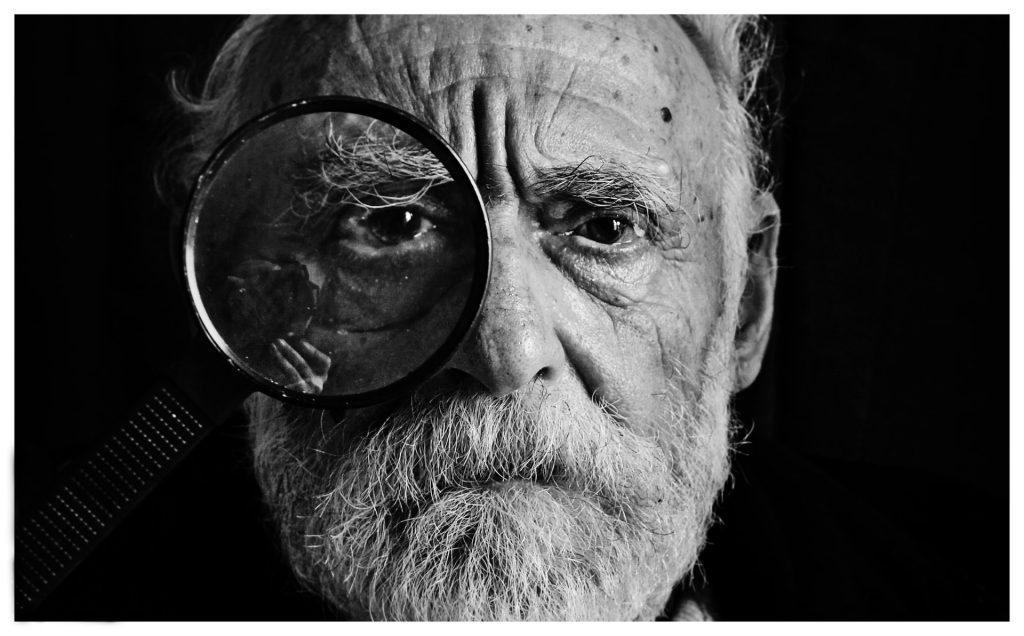Taming Parkinson’s Disease with Adaptive Deep Brain Stimulation

Two new studies from UC San Francisco are pointing the way toward round-the-clock personalised care for people with Parkinson’s disease through an implanted device that can treat movement problems during the day and insomnia at night.
The approach, called adaptive deep brain stimulation, or aDBS, uses methods derived from AI to monitor a patient’s brain activity for changes in symptoms.
When it spots them, it intervenes with precisely calibrated pulses of electricity. The therapy complements the medications that Parkinson’s patients take to manage their symptoms, giving less stimulation when the drug is active, to ward off excess movements, and more stimulation as the drug wears off, to prevent stiffness.
It is the first time a so-called “closed loop” brain implant technology has been shown to work in Parkinson’s patients as they go about their daily lives. The device picks up brain signals to create a continuous feedback mechanism that can curtail symptoms as they arise. Users can switch out of the adaptive mode or turn the treatment off entirely with a hand-held device.
For the first study, researchers conducted a clinical trial with four people to test how well the approach worked during the day, comparing it to an earlier brain implant DBS technology known as constant or cDBS.
To ensure the treatment provided the maximum relief to each participant, the researchers asked them to identify their most bothersome symptom. The new technology reduced them by 50%. Results appear August 19 in Nature Medicine.
“This is the future of deep brain stimulation for Parkinson’s disease,” said senior author Philip Starr, MD, PhD, the Dolores Cakebread Professor of Neurological Surgery, co-director of the UCSF Movement Disorders and Neuromodulation Clinic.
Starr has been laying the groundwork for this technology for more than a decade. In 2013, he developed a way to detect and then record the abnormal brain rhythms associated with Parkinson’s. In 2021, his team identified specific patterns in those brain rhythms that correspond to motor symptoms.
“There’s been a great deal of interest in improving DBS therapy by making it adaptive and self-regulating, but it’s only been recently that the right tools and methods have been available to allow people to use this long-term in their homes,” said Starr, who was recruited by UCSF in 1998 to start its DBS program.
Earlier this year, UCSF researchers led by Simon Little, MBBS, PhD, demonstrated in Nature Communications that adaptive DBS has the potential to alleviate the insomnia that plagues many patients with Parkinson’s.
“The big shift we’ve made with adaptive DBS is that we’re able to detect, in real time, where a patient is on the symptom spectrum and match it with the exact amount of stimulation they need,” said Little, associate professor of neurology and a senior author of both studies. Both Little and Starr are members of the UCSF Weill Institute for Neurosciences.
Restoring movement
Parkinson’s disease affects about 10 million people around the world. It arises from the loss of dopamine-producing neurons in deep regions of the brain that are responsible for controlling movement. The lack of those cells can also cause non-motor symptoms, affecting mood, motivation and sleep.
Treatment usually begins with levodopa, a drug that replaces the dopamine these cells are no longer able to make. However, excess dopamine in the brain as the drug takes effect can cause uncontrolled movements, called dyskinesia. As the medication wears off, tremor and stiffness set in again.
Some patients then opt to have a standard cDBS device implanted, which provides a constant level of electrical stimulation. Constant DBS may reduce the amount of medication needed and partially reduce swings in symptoms. But the device also can over- or undercompensate, causing symptoms to veer from one extreme to the other during the day.
Closing the loop
To develop a DBS system that could adapt to a person’s changing dopamine levels, Starr and Little needed to make the DBS capable of recognising the brain signals that accompany different symptoms.
Previous research had identified patterns of brain activity related to those symptoms in the subthalamic nucleus, or STN, the deep brain region that coordinates movement. This is the same area that cDBS stimulates, and Starr suspected that stimulation would mute the signals they needed to pick up.
So, he found alternative signals elsewhere in the brain – the motor cortex – that wouldn’t be weakened by the DBS stimulation.
The next challenge was to work out how to develop a system that could use these dynamic signals to control DBS in an environment outside the lab.
Building on findings from adaptive DBS studies that he had run at Oxford University a decade earlier, Little worked with Starr and the team to develop an approach for detecting these highly variable signals across different medication and stimulation levels.
Over the course of many months, postdoctoral scholars Carina Oerhn, PhD, Lauren Hammer, PhD, and Stephanie Cernera, PhD, created a data analysis pipeline that could turn all of this into personalised algorithms to record, analyse and respond to the unique brain activity associated with each patient’s symptom state.
John Ngai, PhD, who directs the Brain Research Through Advancing Innovative Neurotechnologies® initiative (The BRAIN Initiative®) at the National Institutes of Health, said the study promises a marked improvement over current Parkinson’s treatment.
“This personalised, adaptive DBS embodies The BRAIN Initiative’s core mission to revolutionise our understanding of the human brain,” he said.
A better night’s sleep
Continuous DBS is aimed at mitigating daytime movement symptoms and doesn’t usually alleviate insomnia.
But in the last decade, there has been a growing recognition of the impact that insomnia, mood disorders and memory problems have on Parkinson’s patients.
To help fill that gap, Little conducted a separate trial that included four patients with Parkinson’s and one patient with dystonia, a related movement disorder. In their paper published in Nature Communications, first author Fahim Anjum, PhD, a postdoctoral scholar in the Department of Neurology at UCSF, demonstrated that the device could recognise brain activity associated with various states of sleep. He also showed it could recognise other patterns that indicate a person is likely to wake up in the middle of the night.
Little and Starr’s research teams, including their graduate student Clay Smyth, have started testing new algorithms to help people sleep. Their first sleep aDBS study was published last year in Brain Stimulation.
Scientists are now developing similar closed-loop DBS treatments for a range of neurological disorders.
“We see that it has a profound impact on patients, with potential not just in Parkinson’s but probably for psychiatric conditions like depression and obsessive-compulsive disorder as well,” Starr said. “We’re at the beginning of a new era of neurostimulation therapies.”











